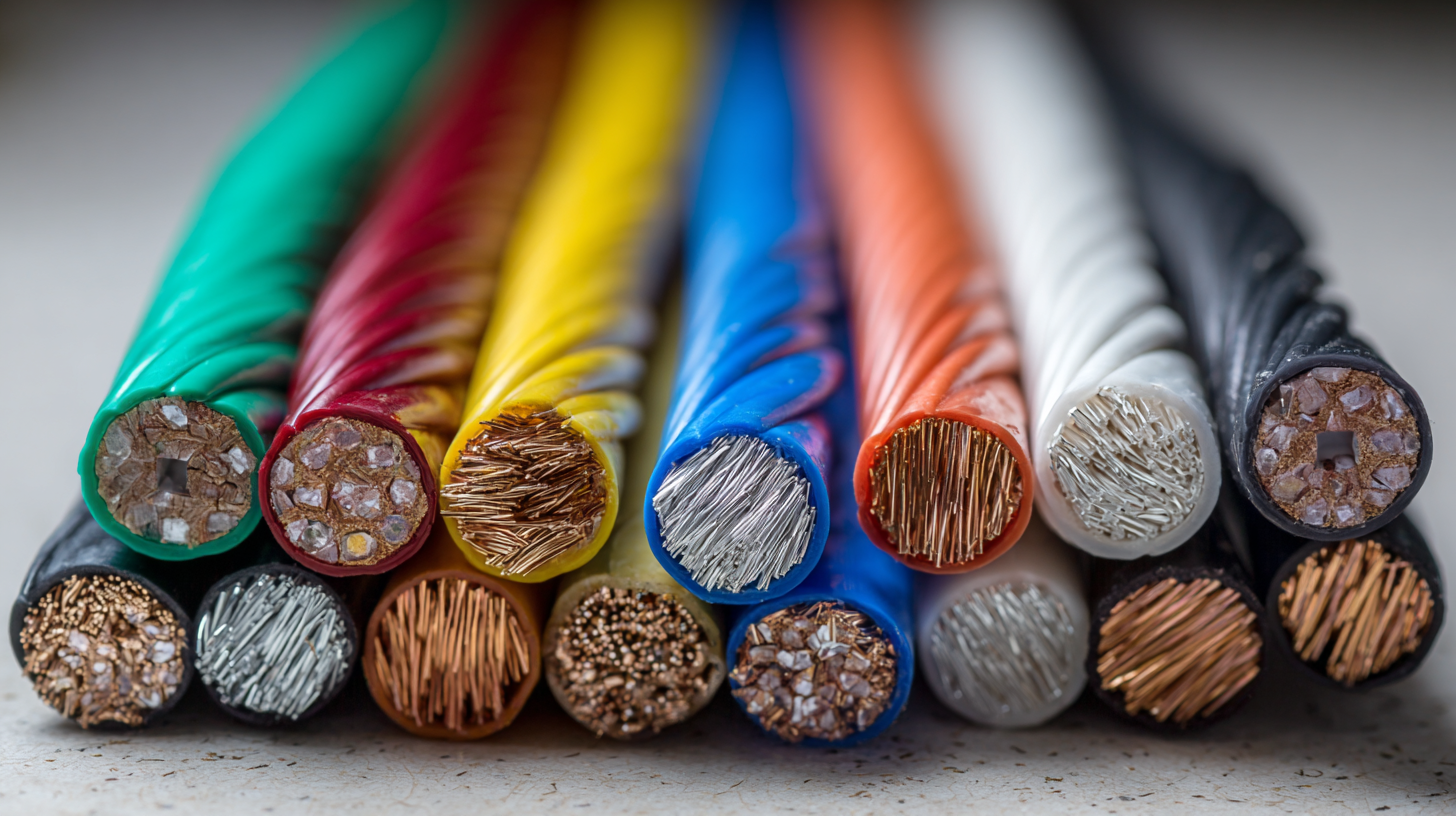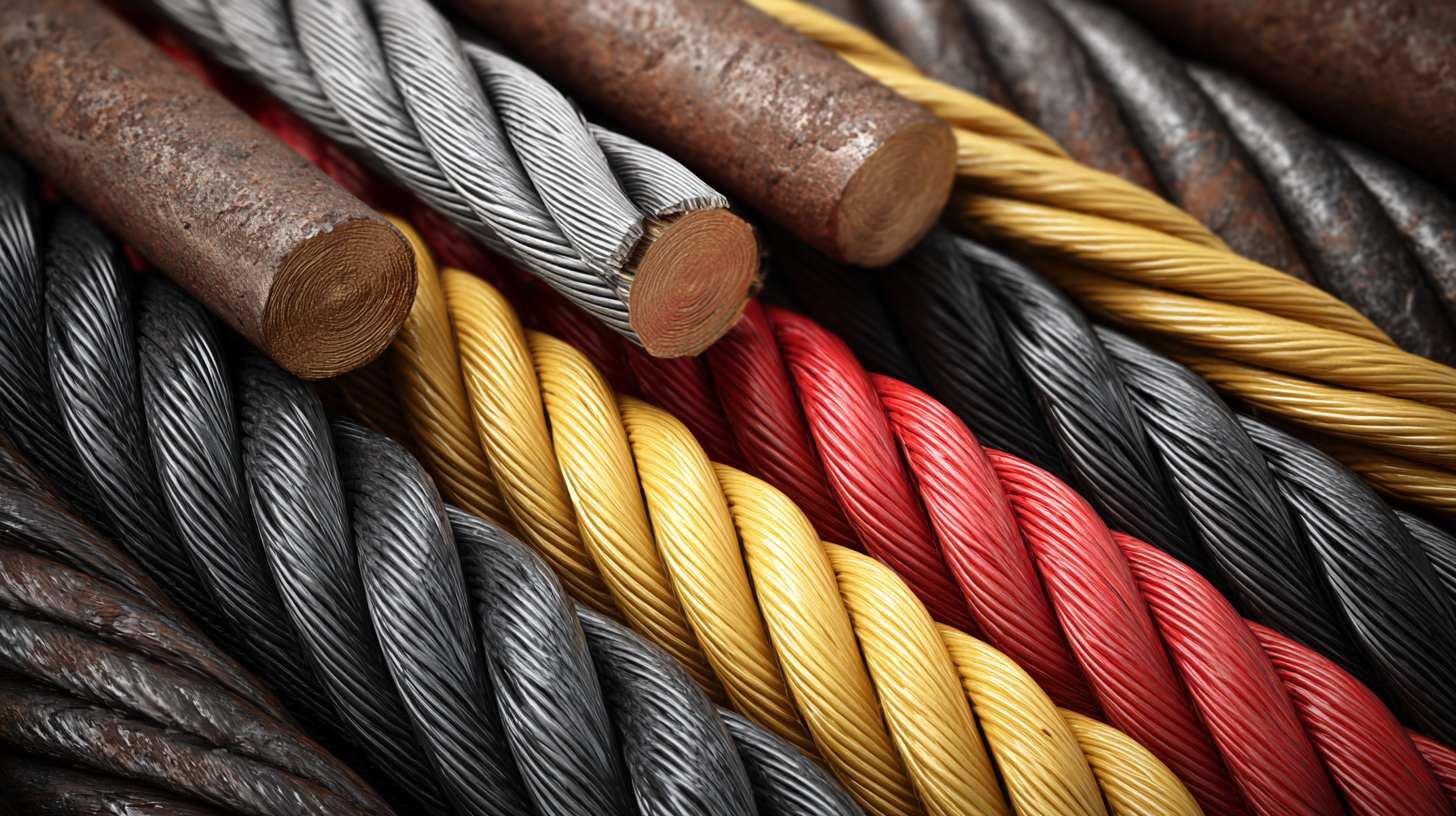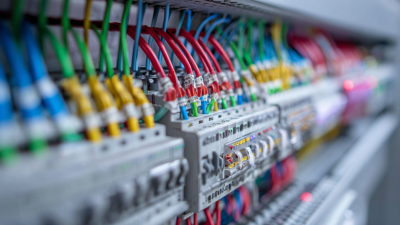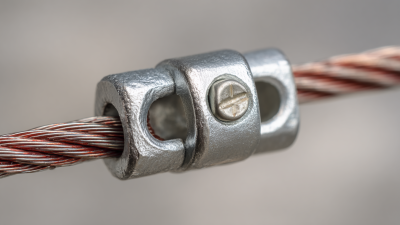Top 10 Cable Wire Cable Types for Your Home and Business Needs
When it comes to ensuring functionality and efficiency in both home and business environments, understanding the various types of cable wire cable is essential. With a plethora of options available, each type serves a unique purpose and meets specific needs. Whether it’s for electrical wiring, telecommunications, or data transfer, selecting the appropriate cable wire cable can significantly impact performance and safety.
In this article, we will explore the top 10 types of cable wire cable that are essential for your home and business requirements. From the robust characteristics of coaxial cables to the versatility of Ethernet cables, we will provide comprehensive insights into each type, including their advantages and ideal applications. By gaining clarity on the diverse options available, you will be better equipped to make informed decisions that optimize your connections and support your electronic systems effectively. Join us as we delve into the intricacies of cable wire cable types, ensuring you find the right fit for your specific challenges and objectives.

Understanding Different Types of Cable Wires for Residential Use
When it comes to wiring your home, understanding the various types of cable wires is essential for ensuring both safety and efficiency. For residential use, several cable types are commonly employed, each designed for specific applications. One of the most widely used is non-metallic sheathed cable, known as NM cable. This type suits a range of residential electrical wiring needs, such as lighting and receptacles, due to its flexibility and cost-effectiveness.
Another important cable type is coaxial cable, primarily used for television signals and internet connectivity. Coaxial cables are known for their high resistance to signal interference, making them ideal for delivering clear audio and video.
For homes requiring robust networking, Ethernet cables, particularly Cat6, are preferred due to their ability to handle high-speed data transmission, perfect for supporting multiple devices. Understanding these various cable types helps homeowners make informed decisions, ensuring that their electrical installations meet both functionality and safety standards.
Essential Cable Types for Commercial Applications: What You Need
When it comes to commercial applications, selecting the right type of cable is crucial for ensuring optimal performance and safety. Among the essential cable types, Ethernet cables are a must-have for establishing a reliable internet connection in any business environment. Different categories, like Cat5e, Cat6, and Cat6a, offer varying bandwidth capabilities, making them suitable for tasks ranging from basic internet browsing to high-speed data transfer and video conferencing.
Another key cable type for commercial use is coaxial cable, which is widely utilized for television and internet connections. Its construction allows for high-frequency signals to be transmitted over long distances without significant loss of quality. Additionally, businesses frequently rely on power cables, like THHN or NM-B, for electrical wiring needs. These cables are designed to handle high current loads efficiently, ensuring that commercial premises remain powered and operational.
Understanding these cable types can significantly enhance a business's infrastructure and communication efficiency.
Comparing Coaxial, Ethernet, and Fiber Optic Cables: A Guide
When it comes to establishing efficient connections for both home and business environments, choosing the right cable type is crucial. Coaxial, Ethernet, and fiber optic cables each serve distinct purposes and offer unique benefits.
 Coaxial cables, for instance, have been a staple in cable television and internet delivery due to their excellent shielding capabilities. According to a report by MarketsandMarkets, the global coaxial cable market is projected to reach $61 billion by 2026, driven by the continued demand for high-definition content and reliable internet services.
Coaxial cables, for instance, have been a staple in cable television and internet delivery due to their excellent shielding capabilities. According to a report by MarketsandMarkets, the global coaxial cable market is projected to reach $61 billion by 2026, driven by the continued demand for high-definition content and reliable internet services.
In contrast, Ethernet cables excel in local networking applications. The IEEE standards for Ethernet cables, such as Cat5e and Cat6, specify transmission speeds ranging from 1 Gbps to 10 Gbps, making them ideal for high-speed data transfer in home and office networks. A study by Grand View Research indicates that the Ethernet cable market is expected to grow at a CAGR of 8.4% from 2021 to 2028, fueled by the increasing need for reliable and fast internet connectivity, especially with the rise of remote work.
Fiber optic cables represent the future of data transmission with their ability to offer speeds exceeding 100 Gbps over long distances without data loss. As noted by LightCounting, the deployment of fiber optics continues to surge, forecasting an increase in fiber optic cable shipments from 335 million fiber kilometers in 2021 to over 600 million by 2025. This rapid growth underscores the transition towards more robust and high-capacity networks, essential for handling modern data demands across various sectors.
Choosing the Right Cable Wire for Home Automation Systems
When it comes to home automation systems, selecting the right cable wire is crucial for ensuring optimal performance and reliability.
Various cable types serve different purposes, and understanding these can help you make informed decisions.
 For instance, Ethernet cables are essential for high-speed data transmission in smart homes, supporting everything from security cameras to smart speakers. Choosing Cat6 or Cat6a cables can drastically enhance your network's capacity, making them ideal for systems requiring heavy data usage.
For instance, Ethernet cables are essential for high-speed data transmission in smart homes, supporting everything from security cameras to smart speakers. Choosing Cat6 or Cat6a cables can drastically enhance your network's capacity, making them ideal for systems requiring heavy data usage.
Additionally, low-voltage cables, such as those used for lighting and audio systems, play a vital role in home automation.
The use of speaker wire, for instance, facilitates seamless integration of multi-room audio systems, while RG6 coaxial cables are essential for reliable video distribution.
It is important to consider cable length and installation type, as improper choices can lead to signal degradation and performance issues. By matching the right cable wire to your specific automation needs, you can ensure a smooth, efficient, and scalable smart home experience.
Tips for Selecting the Best Cables for Audio and Video Equipment
When selecting cables for audio and video equipment, it is crucial to consider several factors to ensure optimal performance. First, assess the type of equipment you are using, as different devices may require specific connectors and cable types. For instance, HDMI cables are essential for high-definition video and audio, while RCA cables may be sufficient for older systems. It’s important to choose cables that match the outputs and inputs of your devices to avoid compatibility issues.
Another factor to consider is the length and quality of the cable. Shorter cables generally reduce signal loss, while higher quality materials can enhance audio and video clarity. Look for cables built with features like gold-plated connectors, which resist corrosion and improve connectivity. Additionally, if your setup is likely to face interference, opting for shielded cables can help prevent issues with signal integrity, ensuring a superior experience whether you are watching movies or listening to music.
Related Posts
-

The Ultimate Guide to Understanding Control Wires: Applications, Types, and Best Practices
-

Understanding the Importance of Cable Clamps in Modern Electrical Installations
-
Understanding the Essentials of Cable Harness: A Comprehensive Guide for Beginners
-

Understanding the Role of Wire Cable Connectors in Modern Technology Systems

